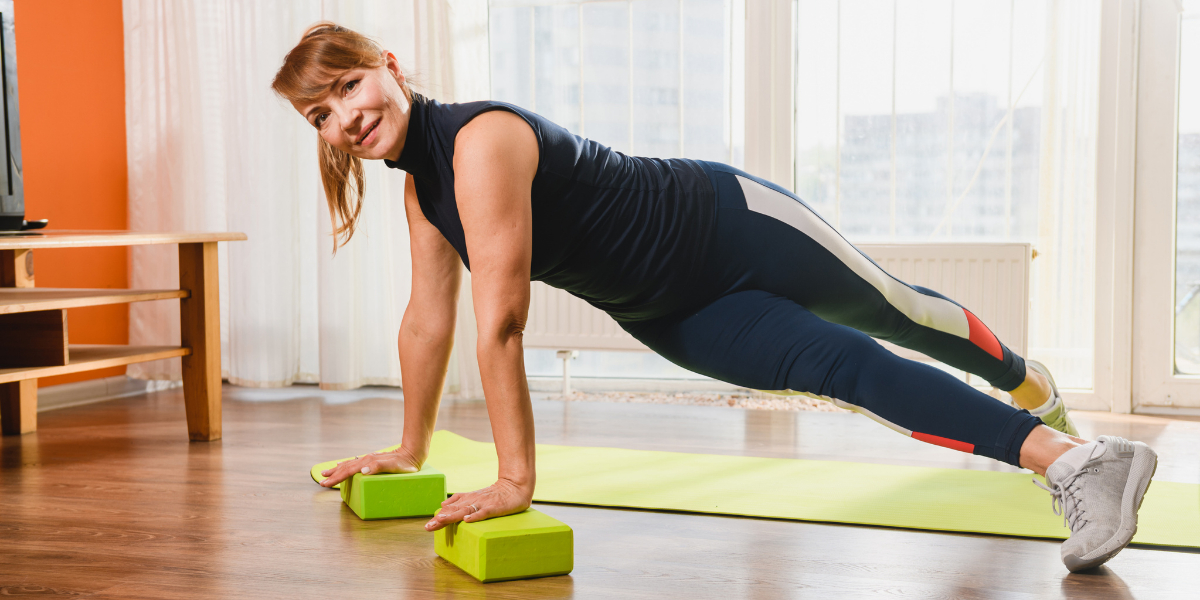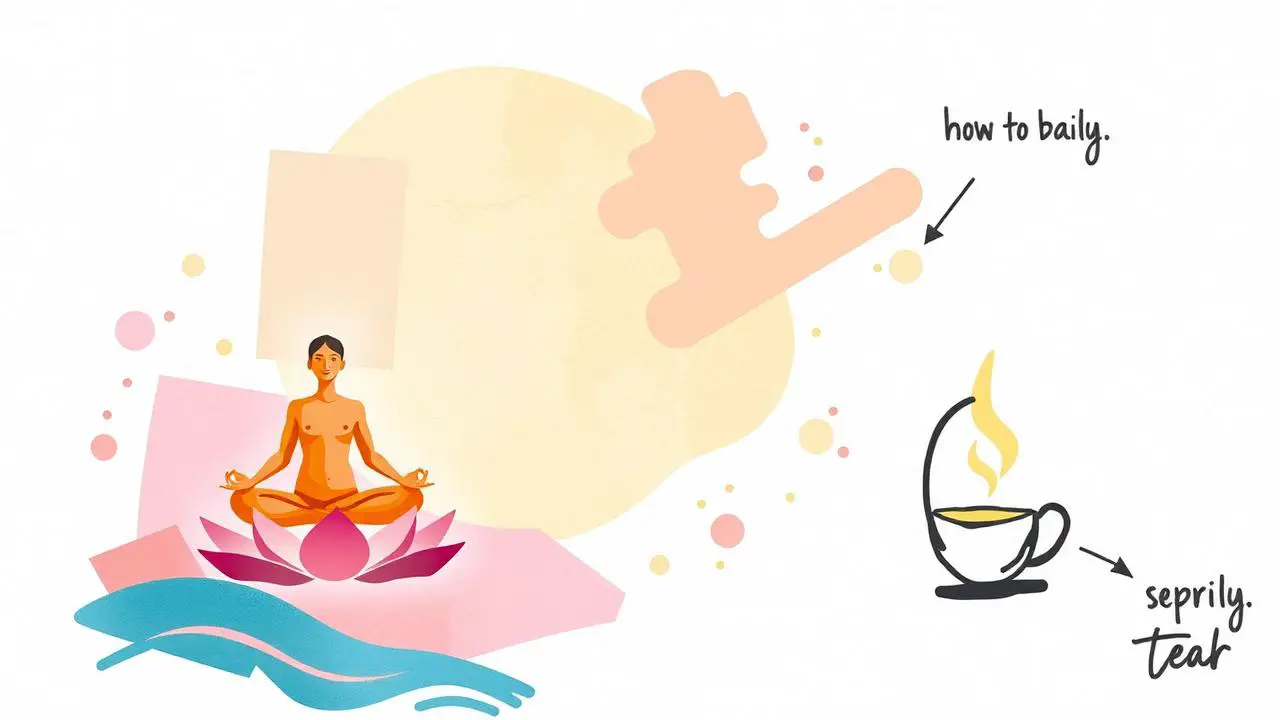If you’re a beginner to Yoga you might find many of the poses challenging, due to lack of flexibility or strength. This is where a yoga block can help.
A yoga block is a foam or cork block that helps support and deepen your poses, allowing you to get the most out of your practice.
Yoga blocks are used for many different poses, including seated poses, standing poses, balancing poses and inversions.
They provide stability and balance during postures, reduce stress on the body by reducing the ranges of motion needed to move into a pose and reduce any strain. Blocks may also be used to increase strength in certain poses by intensifying muscular effort.
Are you looking for a way to enhance your yoga practice? If so, then a yoga block might be just what you need! In this blog post, we’ll discuss what a block is and how it can help with different poses.
We’ll also provide some tips on using the block properly so you can get the most out of your practice.
Introduction to Yoga Blocks
Welcome to the world of yoga blocks! Yoga blocks are an essential tool for yogis of all levels. They are rectangular shaped blocks typically made from dense foam and used as props in yoga asana practice.
As versatile objects, they can help make yoga poses more accessible, provide support, and help you stay in alignment.
With their help, you can deepen your practice and add a layer of comfort to your poses. Read on to find out how you can use blocks to reach your goals and enhance your practice!
Uses of Yoga Blocks
Using yoga blocks can be beneficial in a variety of ways. They help to make poses more accessible, as they can be used to provide support and stability when transitioning into a pose.
They can also help with alignment, as they can help you to ensure that your body is in proper position during a pose.
Blocks can also be used for added support in poses where you otherwise don’t have the strength or flexibility to hold the pose.
By using a block to support your body, you can work on building your strength and flexibility gradually and safely.
Benefits of Using Yoga Blocks
Using blocks can provide numerous benefits to your practice. They help to reduce pressure on your muscles and joints, helping to avoid stress injuries.
The blocks allow you to practice with integrity of form, ensuring you get the most out of your yoga practice. Blocks can also act as a support for more difficult poses, allowing for greater stability and accuracy.
Using blocks can also help make yoga poses more accessible for practitioners of all levels, from beginner to advanced. With the use of yoga blocks, you can reap the many physical and mental benefits of this ancient practice.
Types of Yoga Blocks
When it comes to types of yoga blocks, you have a lot of options. From foam blocks to cork blocks to bamboo blocks, there is something for everyone.
Foam blocks are lightweight and relatively inexpensive, making them a great option for beginners.
Cork blocks are more durable and provide more stability, making them a good choice for more experienced yogis.
Bamboo blocks are eco-friendly and also provide a good amount of stability, making them a great option for anyone looking for a more sustainable option.
No matter what type of block you choose, make sure it is comfortable and supportive so that you can get the most from your practice.
How to Use Yoga Blocks for Support
Using yoga blocks for support can help you find a comfortable and safe way to practice yoga poses. To use blocks for support, place them under your hands or feet to reduce pressure on your body.
This will allow you to practice the pose with more control and stability. You can also use blocks between your legs or arms to create a wider base for poses that require more balance or strength.
Experiment with different heights and angles to find the most comfortable and supportive position for each pose.
How to Use Yoga Blocks for Alignment
Yoga blocks are a great tool for helping you achieve proper alignment in your poses. They can provide extra support and stability, allowing you to maintain the full body alignment even when you’re not as flexible.
You can use them to raise the hips during forward folds or help you reach the floor in certain poses. When using a block for alignment, be sure to place it directly under the body part that needs the extra height or support.
Alignment is an important part of any yoga practice, so make sure to use your block to help you achieve the proper form and reap the benefits of each pose.
How to Use Yoga Blocks for Accessibility
Using yoga blocks for accessibility can help make certain poses much easier to do. For example, if you are unable to reach the ground in a standing forward bend or downward facing dog, you can use a block to support your hands and ease the strain on your body.
Blocks can also be used to prop up your torso in seated postures in order to maintain proper alignment of the spine.
If you’re feeling unsteady when standing on one leg, try using a block for extra support and balance. In addition, blocks can help with backbends by providing a platform for the hands and feet.
With the right placement and use of blocks, you can find the perfect modifications to help make yoga more accessible to you.
Safety Tips for Using Yoga Blocks
When using yoga blocks, safety should always be your top priority. Make sure the surface you’re using is non-slip and stable, and that the block is in good condition.
When adjusting the block to fit your body, be sure to move slowly and gently. Don’t try to force yourself into a pose; instead, pay attention to what your body is telling you. If you experience any pain or discomfort, ease out of the pose until you feel comfortable again.
Additionally, if you are new to yoga, it may be wise to practice poses with a qualified instructor who can guide you through proper alignment and provide tips for using blocks safely.
With these tips in mind, yoga blocks can be an excellent tool for deepening your practice and helping you reach your goals!
Alternatives to Yoga Blocks
If yoga blocks aren’t an option for you, don’t worry! There are plenty of alternatives that can provide the same support and stability.
A rolled-up blanket or pillow can be used to provide extra lift in balancing poses.
You can also use a chair or low table to provide support for standing poses.
For seated poses, you can use a chair to elevate your hips and modify the angle of your knees. Just make sure whatever you use is sturdy and secure so that you don’t slip or fall.
Conclusion
In conclusion, yoga blocks are a great tool for any yogi regardless of experience level. They can help provide the stability and support you need in order to practice yoga safely and effectively.
From developing proper alignment to providing accessibility, these blocks are essential for any yoga practice.
With their versatility and many uses, yoga blocks should definitely be part of your arsenal of tools while practicing yoga.




